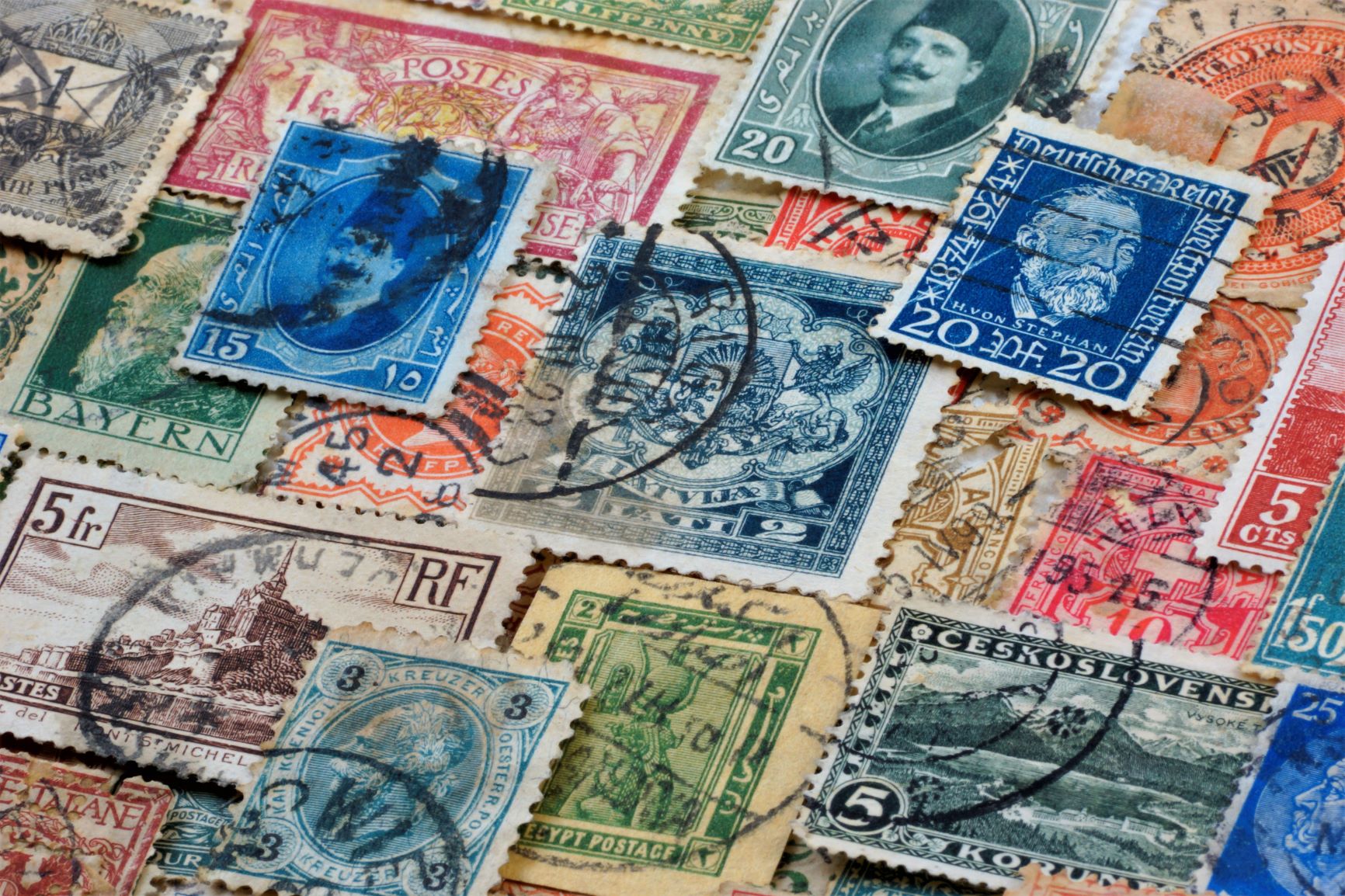The idea of collecting postage stamps, or philately, might seem a bit old-fashioned to some, but it’s a hobby that offers so much more than meets the eye. Stamps are miniature windows into different cultures, histories, and artistic expressions. They also remind us of the significant role paper plays in our everyday lives.
A Brief History of the Postage Stamp
The concept of the postage stamp was introduced by Englishman Rowland Hill in 1838. Before then, the recipient had to pay for postage, but Hill’s idea of pre-paid stamps revolutionized the postal system. The first adhesive postage stamp, the Penny Black, was issued in 1840 in the United Kingdom. This small piece of paper, which once cost just a penny, can now fetch over £100,000 due to its historical significance and rarity.
Why Collect Stamps?
Stamp collecting, or philately, appeals to people for various reasons. Some are drawn to the thrill of finding rare stamps that might be worth a fortune, while others appreciate the beauty of stamps as miniature works of art. Interestingly, the hobby is experiencing a resurgence among millennials who are attracted to its vintage and Instagram appeal.
Stamps are not just beautiful; they offer a unique insight into a nation’s culture and history. Early stamps often featured the country’s head of state, but over time, they have come to depict events, historical figures, and celebrations. Collecting stamps is a relatively easy and inexpensive hobby, thanks to the billions of stamps produced over the years.
Getting Started with Stamp Collecting
For those interested in starting a stamp collection, Stanley Gibbons, the world’s longest-established rare stamp merchant, offers a wealth of information in its Guide to Stamp Collecting. Here are some tips to get you started:
- Buying Your First Stamps Start by purchasing the largest packet of whole-world stamps you can afford. Oxfam sells bags of 1,000 world stamps for around £12.99, and endless lots are available on eBay at various price points. You might also ask older relatives if they have a childhood collection they no longer need.
- Used or Unused Stamps Used stamps are typically the cheapest option. They often have postmarks, which make them less valuable but no less interesting. Fine used stamps have slight postmarks and are otherwise in good condition. For older unused stamps, check if the adhesive gum on the back is intact, as this can increase their value.
Another way to start is by following the Royal Mail’s calendar of commemorative stamps released each year. This year’s collection includes stamps celebrating the Queen’s Platinum Jubilee and the 2022 Commonwealth Games.
- Choose a Theme With the vast variety of stamps available, starting with a theme can make collecting more manageable. You could focus on a particular country, international sporting events like the Olympics, animals, vehicles, or any other theme that interests you.
- Stamp Collecting Equipment Tweezers are essential for handling stamps without damaging them, and a book to keep them in is a must. You can buy specially produced ‘stockbooks’ or use a simple binder with addable pages—just avoid permanently fixing stamps to the pages. A magnifying glass can help you appreciate the intricate details of stamps.
- Stamp Catalogues Catalogues help identify stamps and the themes you might be collecting. The most famous is produced by Stanley Gibbons, among others.
Still Think Stamp Collecting is Boring?
If collecting stamps doesn’t appeal to you, consider the art of letter writing, which has seen a resurgence. Writing letters can be a great stress reliever and even a form of meditation. And who knows? You might find yourself using and appreciating stamps in a whole new way.
Sources:



